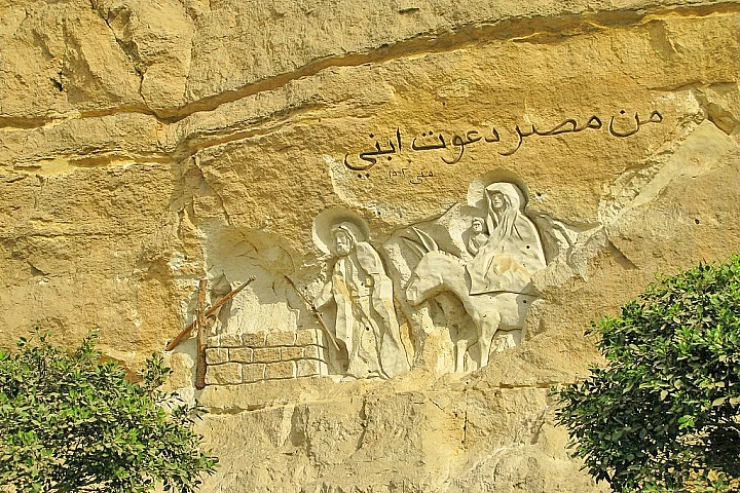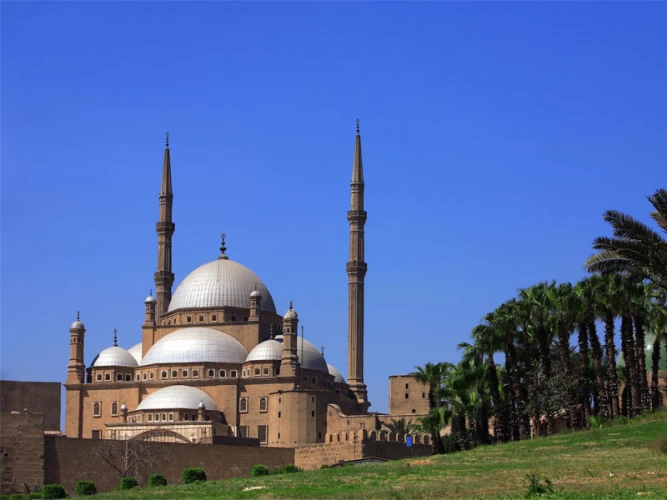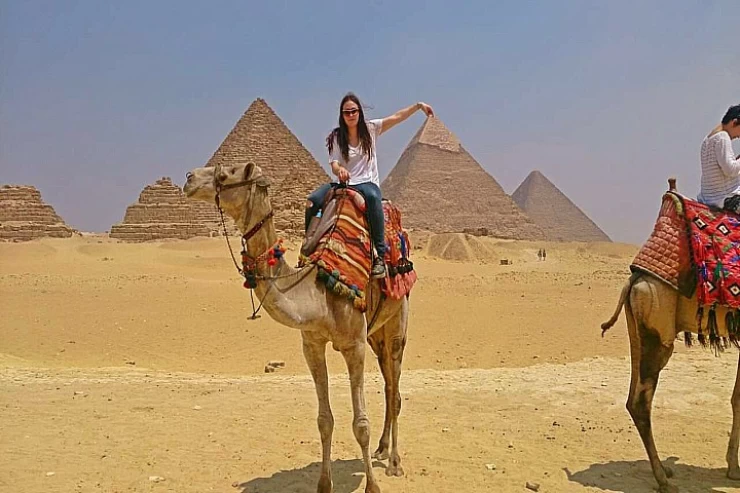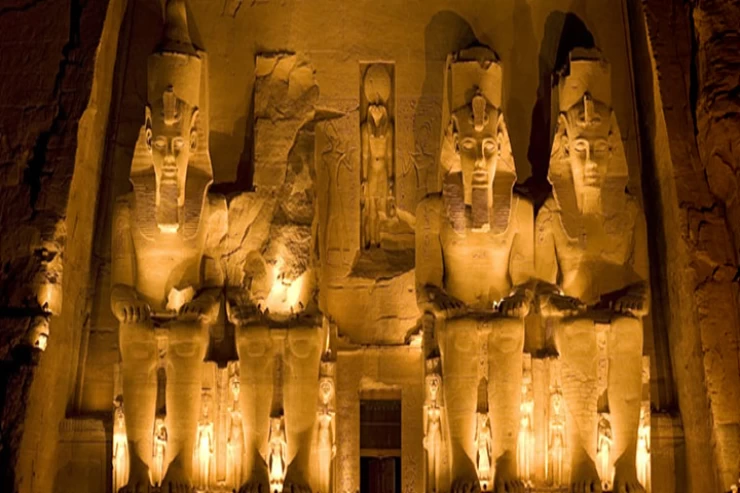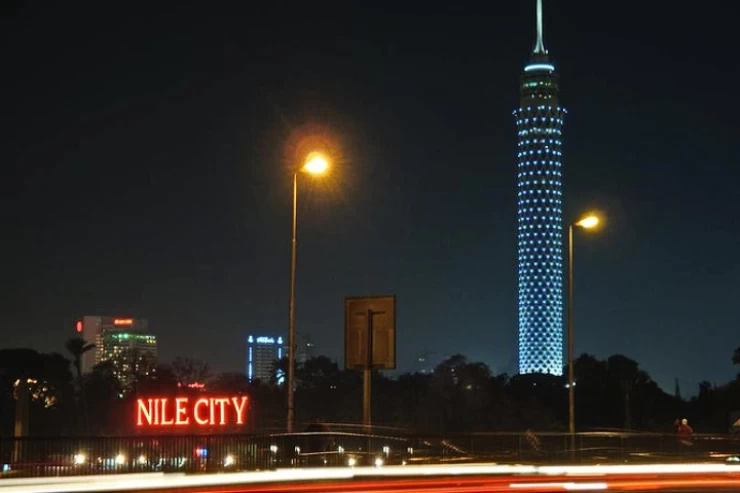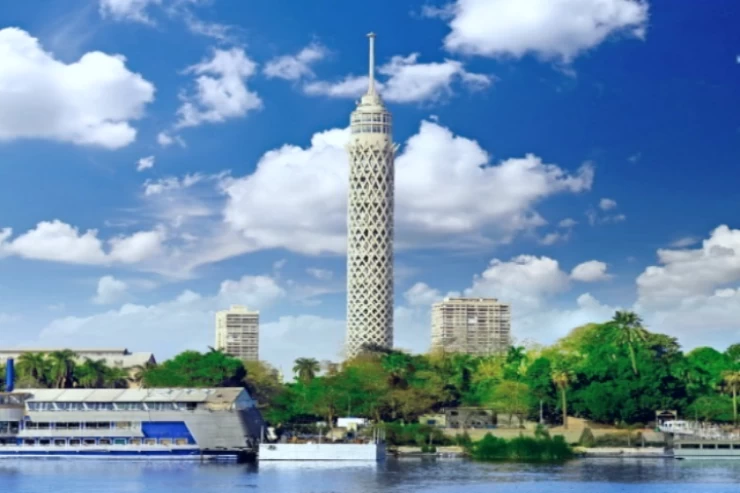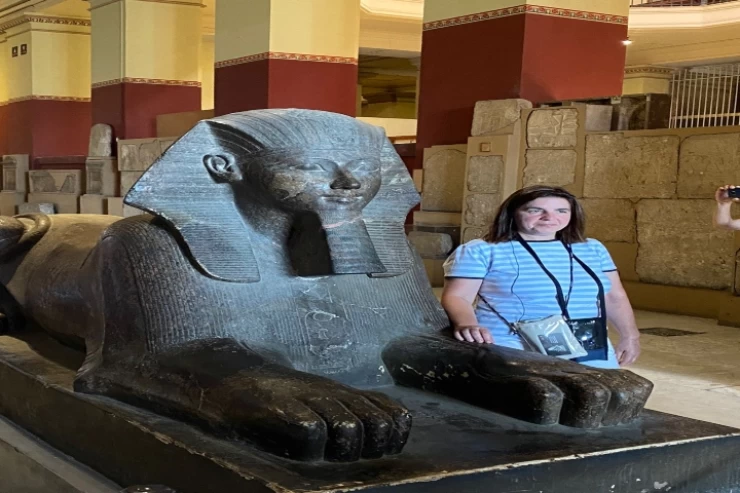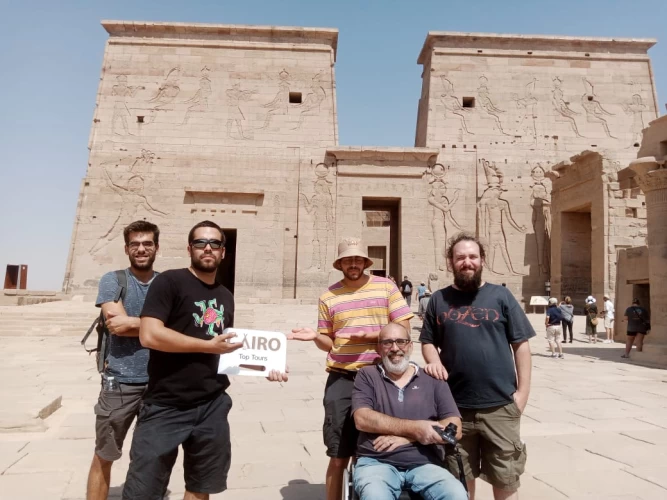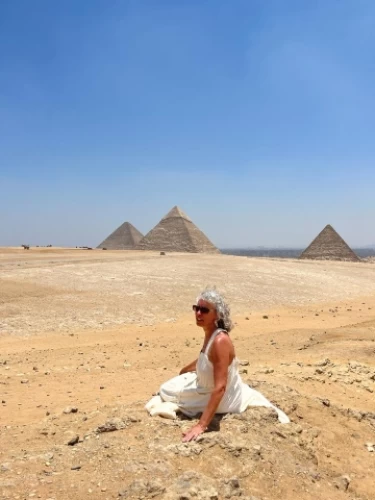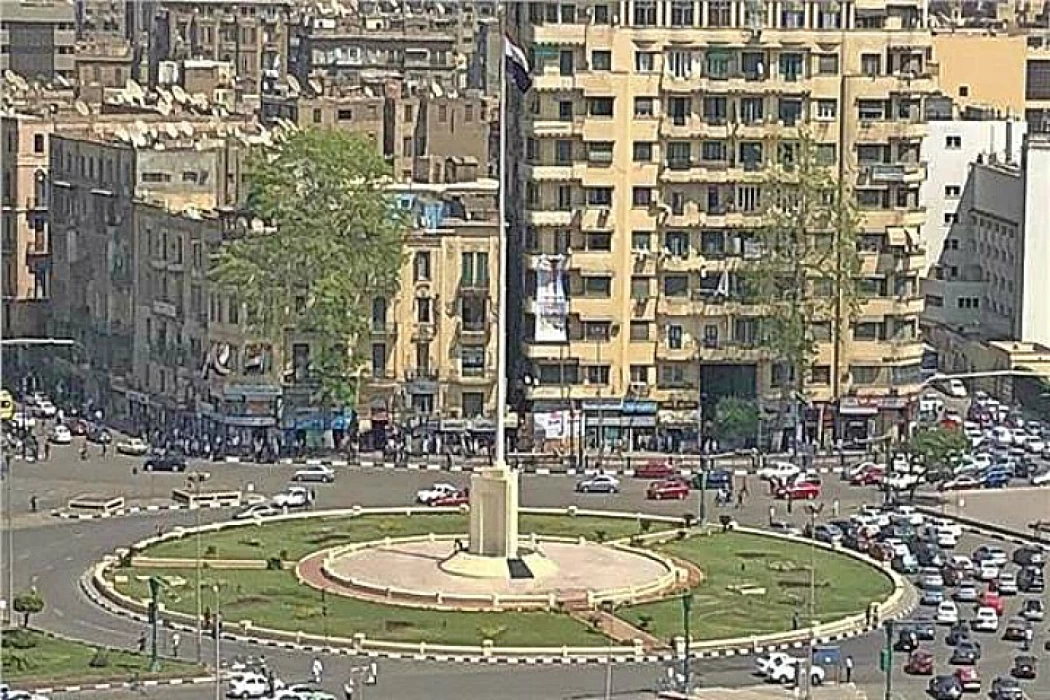
Tahrir Square in Cairo
Tahrir Square in Cairo
Tahrir Square is the largest field in Cairo, Egypt, at the beginning of its establishment it was named after Ismailia Square, after Khedive Ismail, then the name changed to "Tahrir Square"; it was related to liberation from colonialism in the 1919 revolution and then the name was officially established in the July 23 Revolution in 1952.
The field simulates the Charles de Gaulle square, which houses the Arc de Triumph in the French capital, Paris.
Khedive Ismail was fond of the French capital Paris and even wanted to plan Cairo along the lines of Paris and create a field similar to the Champs-Elysées Square. Indeed, the Khedive Cairo, whose streets converge on a large square, was named the Ismailia Square about Khedive Ismail, whose name later became Tahrir Square.
Tahrir Square symbolized the freedom and steadfastness of the people when it witnessed several confrontations between protesters and the security forces, including the events of the 1919 revolution and the 1935 demonstrations against the English occupation and the bread revolution on January 18 and 19 of 1977, including the revolution of January 25 in 2011, and that revolution ended with the overthrow of the regime The ruler of President Mohamed Hosni Mubarak, who has become a symbol of the demonstrators, their steadfastness, and their freedom.
Millions of Egyptians gathered in Tahrir Square on January 28, 2011, calling for the removal of former President Mohamed Hosni Mubarak from the Presidency of the Republic and taking the headquarters of their revolution until the Vice President announced in an official statement that the President abandoned his post on Friday evening, February 11, 2011, where the Supreme Council of the Armed Forces took over management The country's affairs temporarily for a period of six months. It is worth noting that after Mubarak stepped down, the protesters cleaned and staged a sit-in in the field until the overthrow of the government of Ahmed Shafiq on March 3, 2011.
Tahrir Square is now completely renovated with the placement of one of the masterpieces of ancient Egyptian architecture from Luxor city, an obelisk, and 4 sphinx statues from the avenue of sphinxes which connects the passageway between Luxor Temple and Karnak Temple in Luxor, the cost of the renovation is huge despite the speed of finishing all the works in less than one year.

Karnak Temple | The Largest Egyptian Temple
In the History of Egypt, you can learn about History Of Egypt | Egypt History Timeline and find out cool things about what happened in the past.
Latest Articles
Admin
Seabourn Sojourn Cruise Stops in Safaga Port
The Seabourn Sojourn, the flagship vessel of Seabourn Cruise Line's ultra-luxury fleet, was built in 2008 at the T. Mariotti shipyard in Genoa, Italy. Measuring 198 metres, it can accommodate up to 450 guests in its 225 spacious all-suite staterooms.
Admin
Norwegian Sky Cruise Stops in Safaga Port
Norwegian Cruise Line operates a cruise ship called the Norwegian Sky. It was constructed in 1999 and can accommodate 2,004 passengers in addition to 878 crew members. The ship has several dining establishments, lounges and bars, a spa and fitness center, swimming pools, and a number of entertainment areas.
Admin
Explora II Cruise Stops in Safaga Port
Explora II, the second vessel in the Explora Journeys fleet, sets sail in 2024 to redefine luxury cruising. With 461 ocean-front suites, 9 culinary experiences, and 4 pools, this haven of sophistication and sustainability promises an unforgettable "Ocean State of Mind" journey to inspiring destinations.
Admin
Mein Schiff 6 Cruise Stops in Safaga Port
The Mein Schiff 6 is the latest cruise ship in the renowned TUI Cruises fleet, offering passengers a luxurious and sophisticated cruise experience. At 315 metres long, this floating resort features a range of dining options, entertainment, and recreational facilities, including a spa, fitness centre, and sports amenities.
Admin
Mein Schiff 4 Cruise Stops in Safaga Port
When the Mein Schiff 4 cruise ship docks in Safaga, Egypt, passengers are granted access to a realm of ancient wonders. Aboard this state-of-the-art vessel, guests can embark on meticulously curated shore excursions that showcase the region's most iconic landmarks, including the Giza Pyramids, the enigmatic Sphinx, and the remarkable tombs and temples of the Valley of the Kings in Luxor.
Admin
MS Europa Cruise Stops in Safaga Port
The Silver Moon, Silversea's latest flagship, is a luxury cruise ship that offers an exceptional travel experience for Venezuelans exploring Egypt. With a capacity of 596 guests and an impressive 40,700 gross tonnes, the Silver Moon maintains the small-ship intimacy and spacious all-suite accommodations that are the hallmarks of the Silversea brand.







